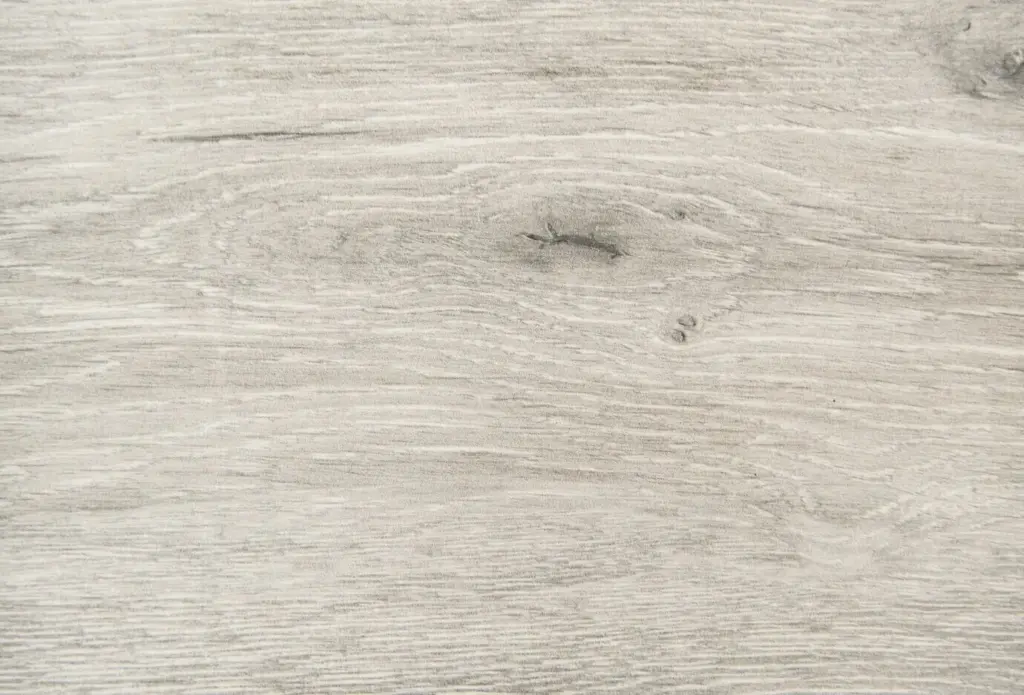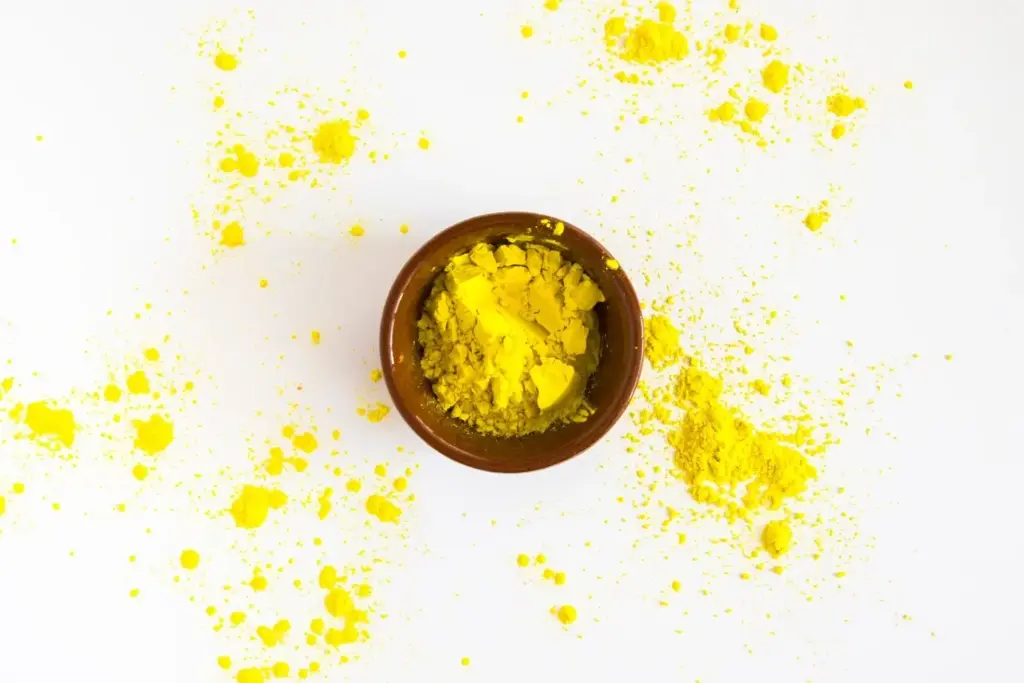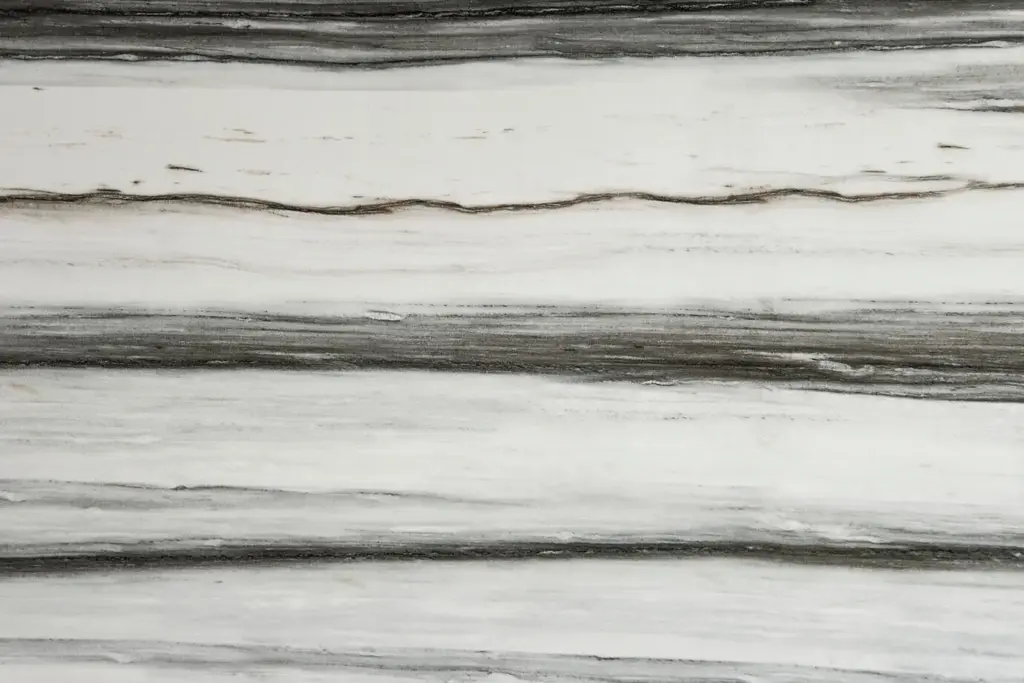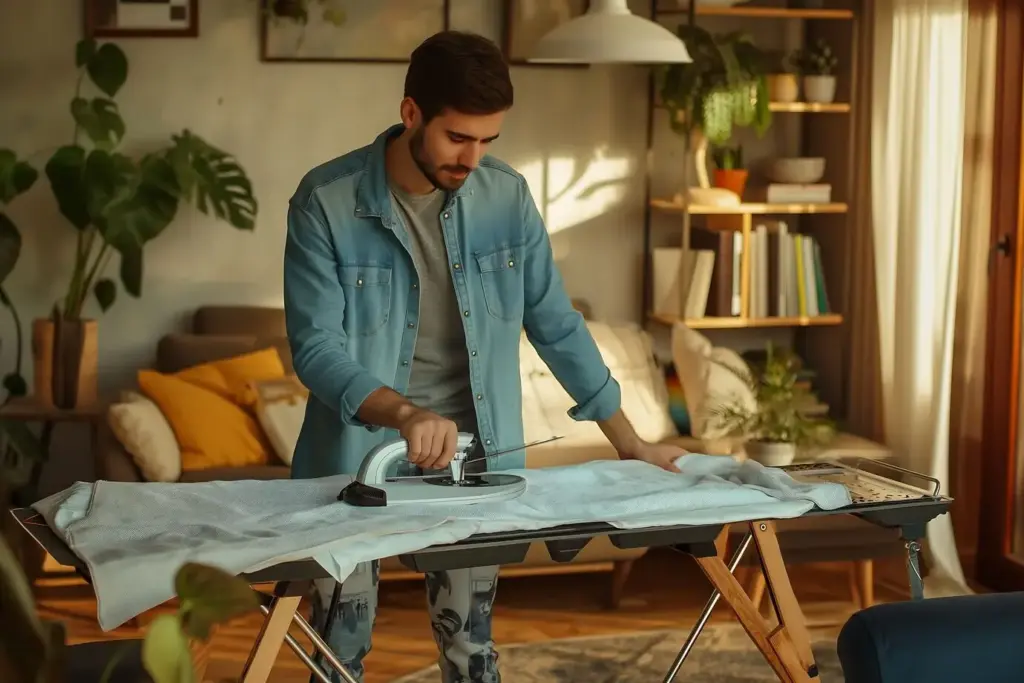Stronger Floors Ahead: Patching Cracks and Spalls in Concrete Slab Floors
See the Signs Before They Spread
01
Cracks You Can Trust Your Eyes On
Distinguish dormant hairlines from active, widening cracks by marking endpoints and tracking changes over several days. Note whether cracks cross control joints, reflect from underlying slabs, or outline curled panels. Compare widths to ACI guidance and document locations against columns, drains, or doorways. This disciplined observation keeps you from filling moving fractures with rigid materials or ignoring flexing sections that continuously open under traffic and temperature swings.
02
Spalls, Pop-Outs, and Edges That Crumble
Spalls often start as small, chipped areas around joints or under hard wheel paths, then enlarge as edges break away and reveal dark, fractured aggregates. Pop-outs tend to be conical and shallow, tied to aggregate reactivity or freeze-thaw. Delaminations can sound hollow under a hammer tap. Reading the geometry and sound of damage helps you plan sawcuts, undercutting, and mortar selection so patches lock in rather than feather away prematurely.
03
When Appearance Hints at Cause
Patterns tell stories. Spiderweb micro-cracking with dusty surfaces suggests finishing or curing issues, while long, straight fractures at regular spacing often trace to restrained shrinkage. Random broad separations near heavy racks may indicate subgrade settlement. Rust staining or damp halos around defects can hint at moisture-driven corrosion or vapor transmission. By connecting appearances to underlying mechanics, you’ll choose compatible repair methods and prevent future unraveling beneath otherwise neat cosmetic fixes.
Moisture Tests That Matter
Movement, Loads, and Shrinkage Reality
Subgrade, Reinforcement, and Drainage Clues
Diagnose Root Causes Before You Patch
Gather the Right Tools and Materials
01
Adhesion Is a Chemistry Conversation
Bond strength depends on surface energy, moisture conditions, and compatibility between repair polymer and substrate. Epoxy bonding agents excel on dry, stable concrete, while acrylic slurries can help with cementitious mortars in damp conditions. Avoid mixing chemistries that inhibit cure or off-gas beneath coatings. Always pull data from manufacturer technical bulletins and verify recoat times, minimum temperatures, and surface profiles, then test a small area before committing time and materials across an entire facility floor.
02
Aggregates, Grading, and Feather-Edge Limits
Repair mortars need proper sand grading to pack densely and resist abrasion. Many products specify minimum thicknesses and discourage feather edges at high-traffic transitions because thin lips break under hard wheels. Use sawcut shoulders that produce vertical faces and give repairs a keyed boundary. Where a feather profile is unavoidable, choose micro-topping systems designed to taper thin, and protect with coatings or sealers that minimize dusting while distributing traffic loads more gently.
03
Silica Control and Personal Protection
Grinding and chipping release respirable crystalline silica. Equip your team with fit-tested respirators, hearings protection, eye shields, gloves, and knee pads, and connect tools to HEPA vacuums with automatic filter cleaning. Wet methods may reduce dust but can complicate adhesion, so collect slurry and allow full drying where required by product data. A safe, methodical setup keeps crews healthier, floors cleaner, and repairs free of contamination that weakens bond strength or dulls finished appearance.
Prepare the Surface Like a Pro







Execute Reliable Repairs Step by Step
Finish, Cure, and Keep Problems From Returning
Curing Makes or Breaks Performance
Observe manufacturer cure windows, temperature ranges, and recoat intervals. Cementitious systems often need controlled moisture or curing compounds, while polymers depend on temperature and mix ratio. Rushing to reopen traffic can bruise fresh patches and cause edge failures weeks later. Plan barricades, signage, and alternate routes so operations continue safely without risking premature wear. The extra hours invested at this stage translate directly into months and years of dependable service life.
Blend, Level, and Verify Readiness
Grind repaired zones flush using appropriate diamonds, then transition to finer grits for a seamless look. Check flatness with straightedges where equipment tolerances are tight. For floors receiving coatings or resilient coverings, re-test moisture and pH, confirm profile, and perform adhesion tests when possible. Document results with photos, batch numbers, and cure records. This disciplined wrap-up proves readiness, builds trust with stakeholders, and simplifies troubleshooting if future conditions change.
Simple Habits, Lasting Floors
Protect joints with semi-rigid fillers after initial shrinkage, clean gritty debris that sandblasts surfaces under wheels, and repair small chips before they propagate. Redirect water away from slab edges, monitor roof leaks, and maintain HVAC to limit humidity swings. Keep a log of inspections, locations, and materials used. Invite your team to report new noises, bumps, or dust. Small, steady habits dramatically reduce repair frequency, saving budget and downtime over the life of the facility.
All Rights Reserved.